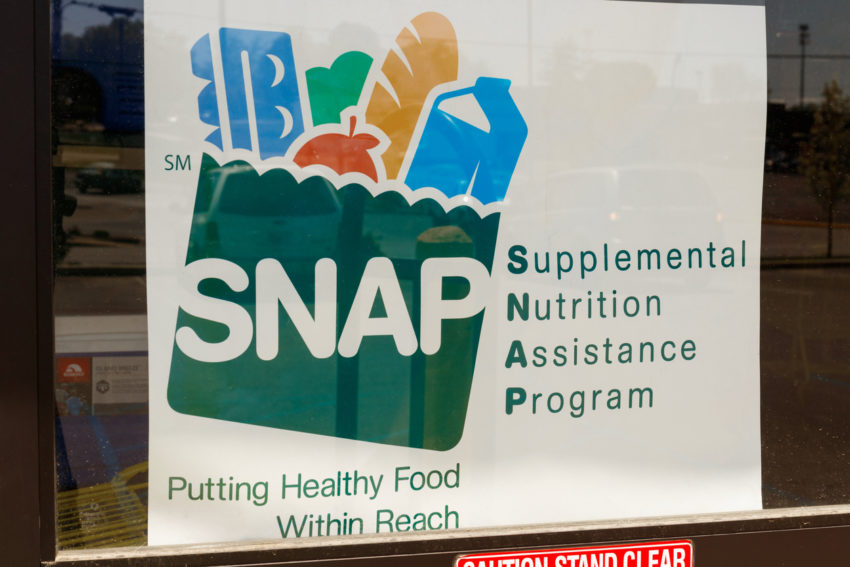
Share On Social!
We already know that nearly a million SNAP participants could be affected by the Trump Administration’s proposed rule to tighten SNAP work requirements.
However, there’s more bad news.
The vast majority of those potentially impacted reside in deep poverty and live alone, according to a new analysis released by Mathematica, which is funded by the Robert Wood Johnson Foundation.
“No one in America should go hungry or live in poverty,” said Giridhar Mallya, senior program officer at the Robert Wood Johnson Foundation, in a press release.
“The findings of this analysis show that USDA’s proposed rule would disproportionately affect some of the most vulnerable SNAP participants. USDA should carefully consider whether this change promotes the ultimate goal of the SNAP program to reduce food insecurity.”
Latinos, who make up about 20% of SNAP recipients according to the Center on Budget and Policy Priorities, face considerable risks in the face of this possible rule change.
Key Findings
Mathematica presented data illustrating how groups, who would be specifically impacted by the rule change, currently live using information provided by SNAP. The numbers go to show the adverse impacts these families could experience.
The research brief found:
- A greater share of affected SNAP participants lived in poverty (97%) as compared to unaffected SNAP participants (80%)
- 88% also had household incomes at or below 50% of the poverty level
- About 81% lived alone
- Among those that reported income (roughly 33%), the average monthly household income was $557, or 43% below the poverty level ($20,160 for a family of three in fiscal year 2017)
- About 11% were working (but less than the required average of 20 hours per week), and another 5% lived with someone else who was working
Additionally, the brief found that several states, such as New Mexico (48.8% Latino), California (39.1%), and Illinois (17.3%), are more likely to be affected by the proposed rules than others. Particularly, those where a significant number of non-disabled, childless SNAP participants, who are between ages 18 to 49, do not work the required average of 20 hours per week.
Furthermore, those who do not live in waiver areas would be subject to time limits.
“Our analysis shows that the impacts of these rule changes are not uniform. A lot depends on a state’s choices around waiver policies and the health of the state’s economy” Karen Cunnyngham, a senior researcher at Mathematica, said in a press release.
What You Can Do To Protect SNAP
The Trump Administration wants to cut SNAP and could eliminate access to healthy food from over 750,000 Americans who are underemployed and unemployed.
If the work requirements tighten, Latino, as well as all workers, who earn a low wage and/or can’t find steady work will be at risk of hunger.
Moreover, the majority of SNAP recipients are children, seniors, and persons with a disability.
Make a Public Comment Now to Protect SNAP!
By The Numbers
23.7
percent
of Latino children are living in poverty



